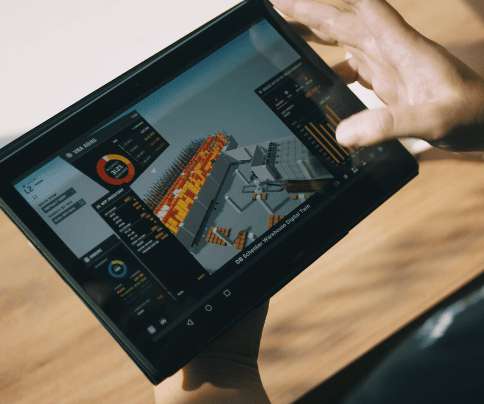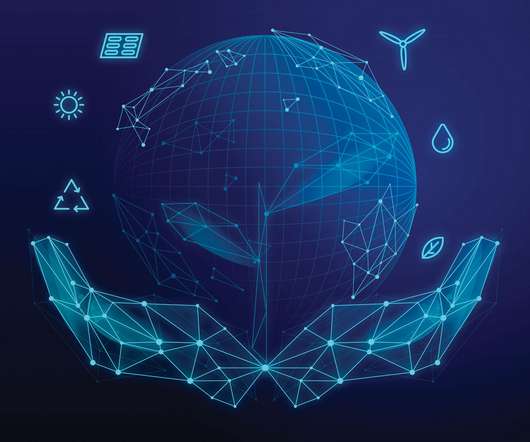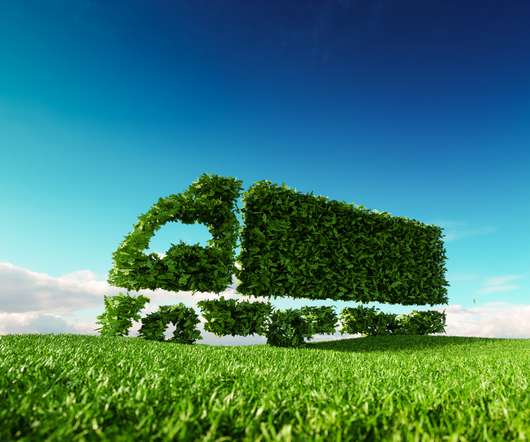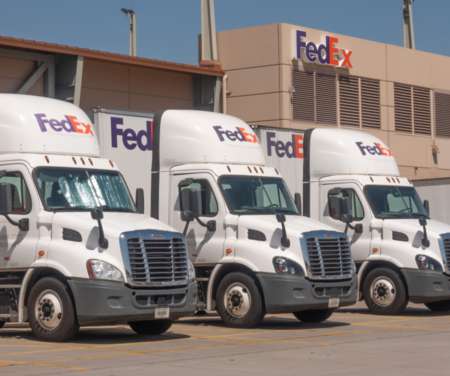DB Schenker – Singapore: A Vital Node in Singapore’s Logistics Ecosystem
The Logistics & Supply Chain Management Society
NOVEMBER 15, 2021
Typically, 45% to 50% of cargo is carried in belly holds of aircraft. The digital twin allows for internal operations as well as customers to view the various processes, along with detailed metrices throughout the facility. DB Group has set ambitious targets to reduce specific CO2 emission by 50% by 2030 compared to 2006.























Let's personalize your content